There’s always been a minor niggle at the back of my mind when I played the Nintendo DS. “They’ve got it backwards,” I thought, “The A button should be on the left and B on the right. That’s how it’s always been… I think.” A speedy investigation showed that my memory was a little foggy, and that the answer was significantly more interesting than that. Therefore, I present to you a brief history of gamepad button mapping.
Nintendo: BA for Life
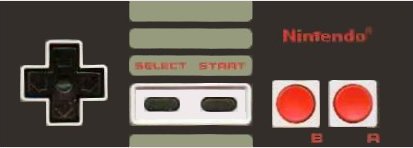
The NES was the first console to move away from the joysticks of the Atari generation, opting instead for what would become an iconic design in gamepads. Despite my previous complaint, note that A is indeed mapped to the right of B. D’oh!
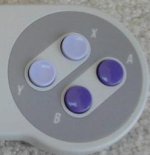
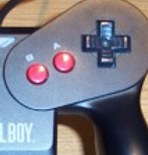
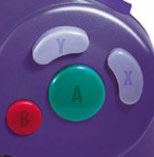
Following their ancestor’s example, nearly every Nintendo console is mapped this way. This includes the SNES, Virtual Boy, Gamecube, every iteration of the Game Boy, DS and Wii Classic Controller. The only dissenters are the Nintendo 64 (bottom right picture), which also experimented with a 4 way C button and a Z button on the back, and the Wiimote, which maps A and B on different surfaces entirely.
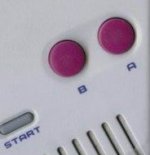
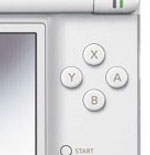
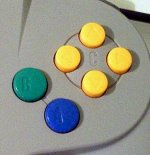
Sega & Microsoft Love AB
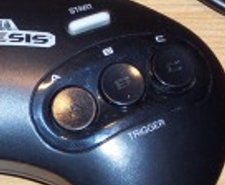
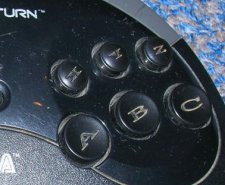
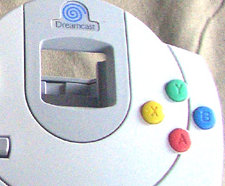
In the early days, Sega was hot on Nintendo’s heels. The NES had A and B buttons, so the Genesis added a C *. When the SNES added the X and Y buttons, Sega one-upped them by adding a Z to the Saturn. The Dreamcast controller was more minimal, perhaps inspired by Sony’s popular newcomer, the Playstation. The one element that all Sega controllers share is the AB orientation (the Game Gear labelled them 1 and 2, but arranged them in the same way.)
* It’s worth noting that the short-lived Atari Jaguar had A, B and C buttons oriented the opposite way. It also featured a full numeric pad, for a grand total of 17 individual buttons!

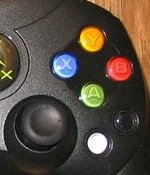
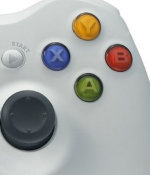
The first iteration of the Xbox controller, nicknamed “Duke”, was bulky and unpleasant to hold. The four main buttons were on a strange slant, putting the B almost directly above A. Fortunately, Microsoft quickly responded to public criticism and began packaging the Japan-exclusive “S” controller with their system. The new gamepad was smaller and straightened out the button layout, a mapping they largely reused for the Xbox 360.
Sony Goes Both Ways
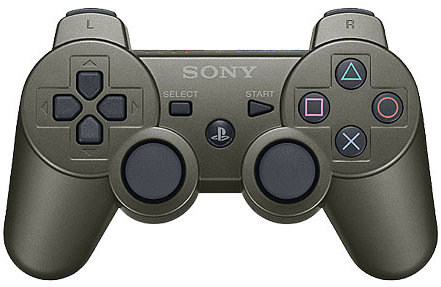
The main buttons on the Playstation gamepad don’t use letters, but are instead labelled  ,
,  ,
,  and
and  . The original Playstation saw three types of controllers over its lifetime, adding dual analog sticks in 1997 and rumble in 1999. In recent years the DualShock line has seen slow incremental improvements, but they haven’t strayed far from the original design (mercifully they abandoned the boomerang concept.)
. The original Playstation saw three types of controllers over its lifetime, adding dual analog sticks in 1997 and rumble in 1999. In recent years the DualShock line has seen slow incremental improvements, but they haven’t strayed far from the original design (mercifully they abandoned the boomerang concept.)
In North America and Europe, games commonly use  to confirm (the role of A) and
to confirm (the role of A) and  to cancel (the role of B.) In Japan, however, the
to cancel (the role of B.) In Japan, however, the  symbol is commonly associated with maru (right) while
symbol is commonly associated with maru (right) while  is identified with batsu (wrong.) Therefore the roles are reversed,
is identified with batsu (wrong.) Therefore the roles are reversed,  confirms and
confirms and  cancels. While the controls of most games are localized with this in mind, games such as Final Fantasy VII and Metal Gear Solid were left with their original mapping (to the general confusion of Western players.)
cancels. While the controls of most games are localized with this in mind, games such as Final Fantasy VII and Metal Gear Solid were left with their original mapping (to the general confusion of Western players.)
I hope this has been an enlightening trip down memory lane. With all the variety in gamepad mapping, it should come as no surprise that even veteran gamers can be betrayed by their muscle memory sometimes.
Found this Post interesting? Discover more Curious Reads.[via gangles]




